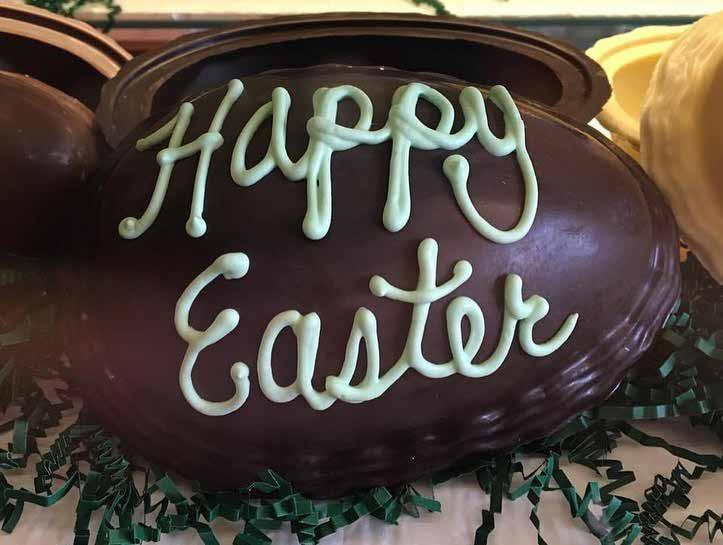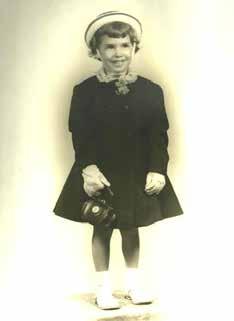
3 minute read
Celebrating Easter
from March 2024
by ritmedia
By Mary Ann Hutcheson
Easter is an important holy day in many Christian religions. According to the Bible, Christ was crucified on Good Friday, buried for three days, and was resurrected on Easter Sunday. The celebrated day is referred to as a “moveable feast” as it does not fall on a specific date within the Gregorian or Julian calendars; it is observed on the first Sunday after the first full moon following the spring equinox. Since the first day of spring will be on March 19th following the full moon on March 25th, Easter 2024 will be observed on Sunday, March 31st.

Most people agree that spring connotes new life and opportunity--a chance to begin again. Nature offers new flowers, clusters of green leaves on bare limbs, and the sounds of birds returning from their winter homes. As winter and its dormant hues of gray and brown make their departure, vibrant shades of raw, bright beauty begin to emerge; highly anticipated warmth and extended sunlight are imminent.
The idea of Easter eggs is found in many cultures as a sign of birth. In Italy, where both sets of my grandparents originated, eggs are a symbol of fertility and rebirth during spring. Every year my grandmother baked each of her ten grandchildren a hand-shaped Easter doll cookie. She adorned each doll with a hard-boiled egg pressed into its stomach and cradled in gentle dough arms. The dolls were probably close to nine inches tall and lasted for days while we ate one limb at a time. My cousin, Stephen, was the only boy among us and his cookie sported a bowtie fashioned with raisins instead of an egg. I never understood why, and I never asked. We hid our dolls from one another, lest one come up missing an arm from a crafty sibling. The dolls were an unforgettable treat for all of us. A large hand-crafted, dark chocolate egg filled with coconut cream from our favorite town chocolatier was the favored surprise in our Easter baskets. I loved the dark chocolate egg; my sister preferred the white chocolate variety, which solved many potential arguments.
My mother always dressed her girls "to the nines" for our Easter Mass at St. Patrick’s Catholic Church. My grandmother, a professional seamstress, usually made our outfits and we posed in front of our house in “Southern” New Jersey, crowned in Easter bonnet glory. Once outside, we inhaled the perfume of newly emergent crocuses, tulips, and daffodils. Hyacinths and snowdrops were the first to break through the thawed ground, scattered with remnants of weeks-old snowfall, and there were hints of my mother’s faithful pussy willows revealing themselves by the fence.
Our church had removed the dark red velvet veils that covered the statues during Lent, the six weeks of fasting and abstinence leading up to Easter. Those of us who had given up chocolate as our penance were ready for chocolate Easter eggs. The church smelled of fresh lilies, their delicate white, trumpet-shaped petals decorating the altar and statues. We celebrated new life and rebirth with our neighbors and friends together at Easter Mass as had our parents and their parents before them. No matter the religious culture, Easter symbolizes hope and new beginnings. An American writer, journalist and naturalist Harold Borland said, “No winter lasts forever; no spring skips its turn.”








